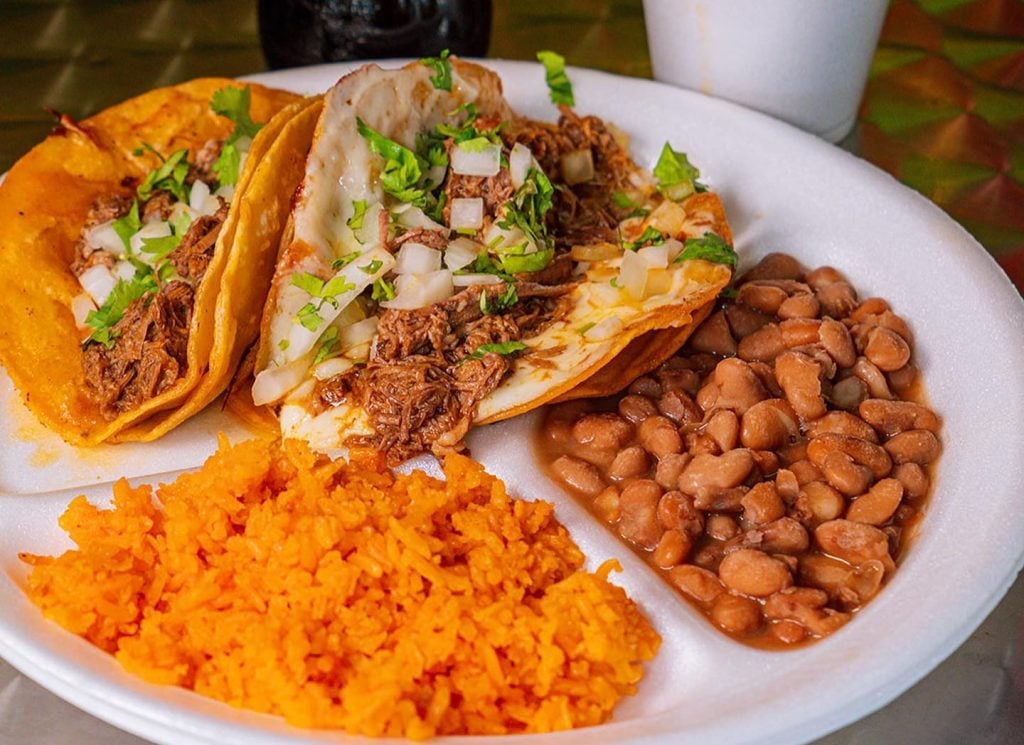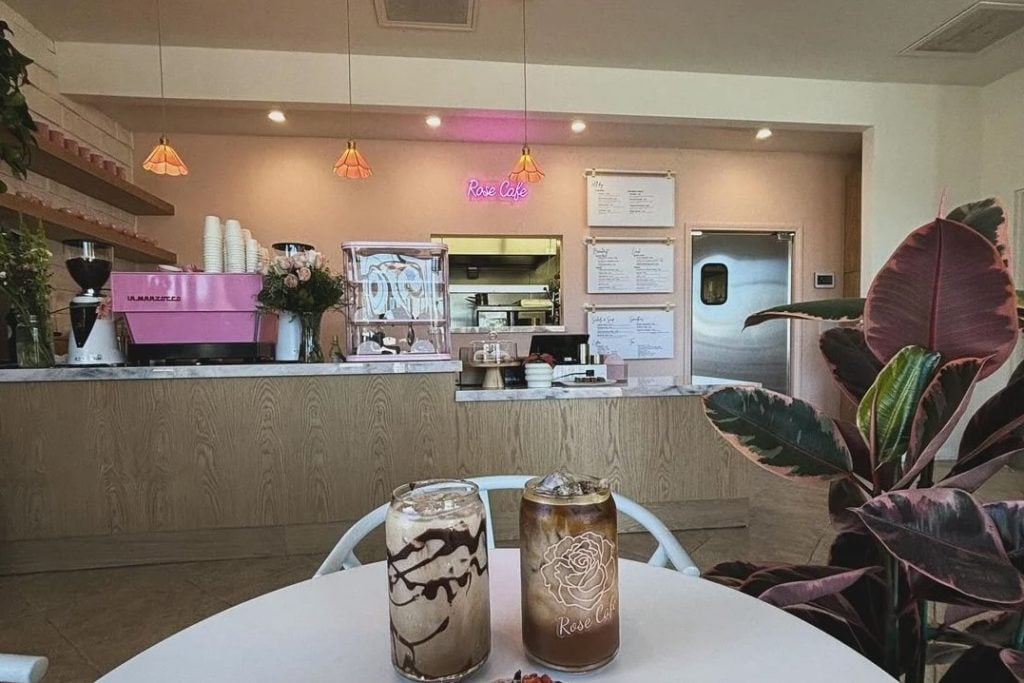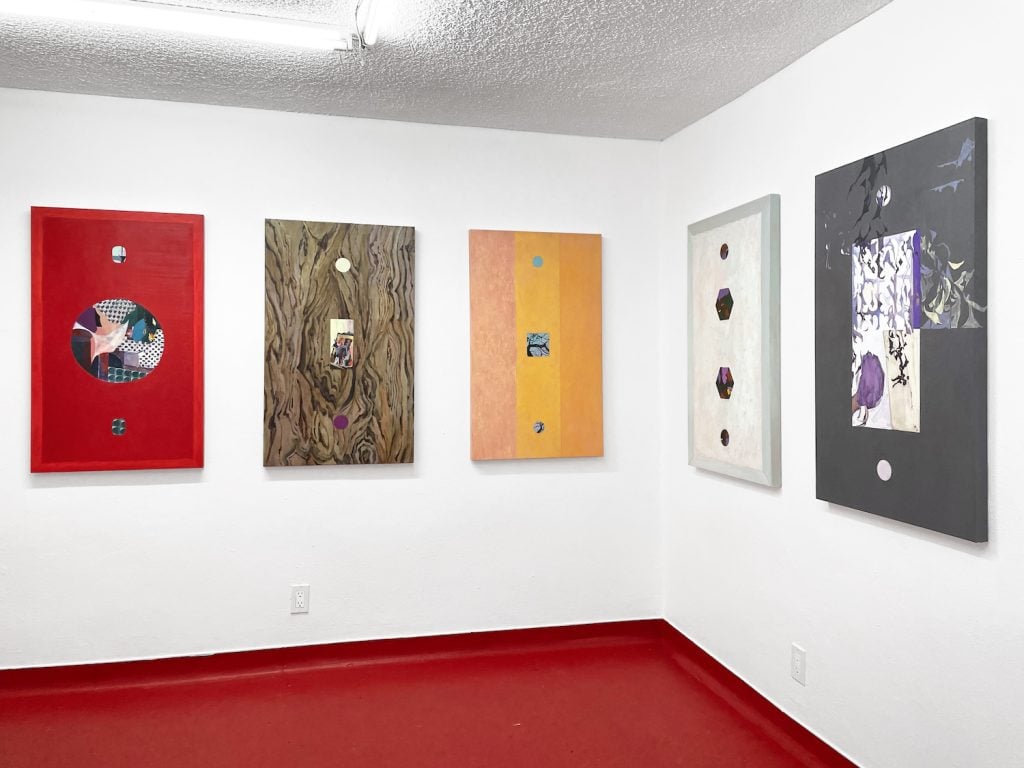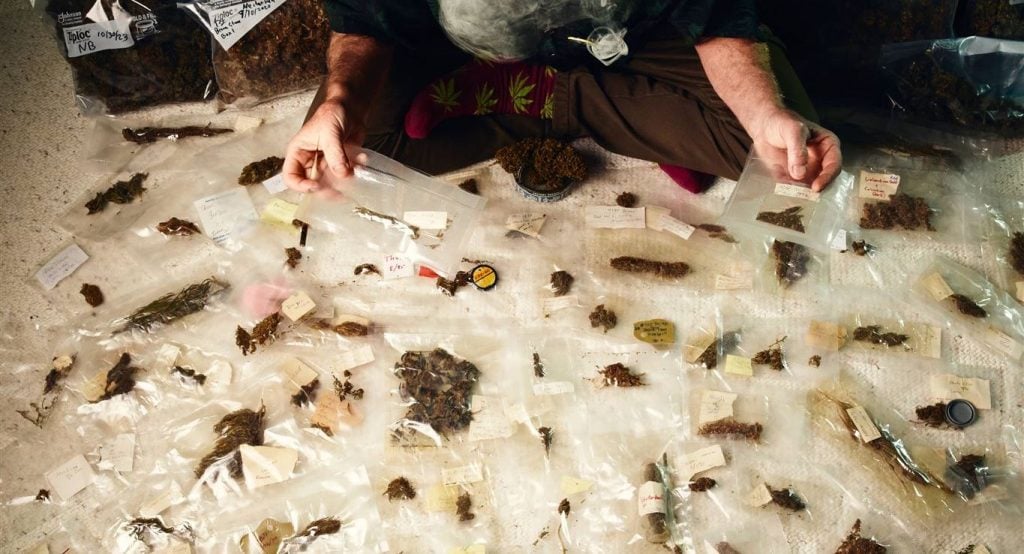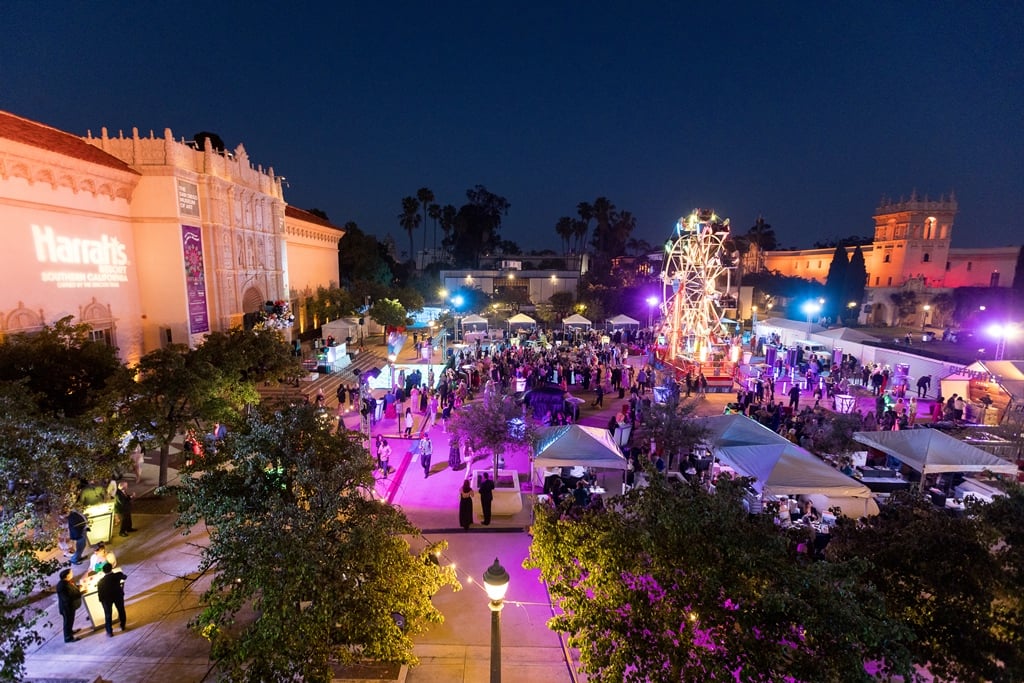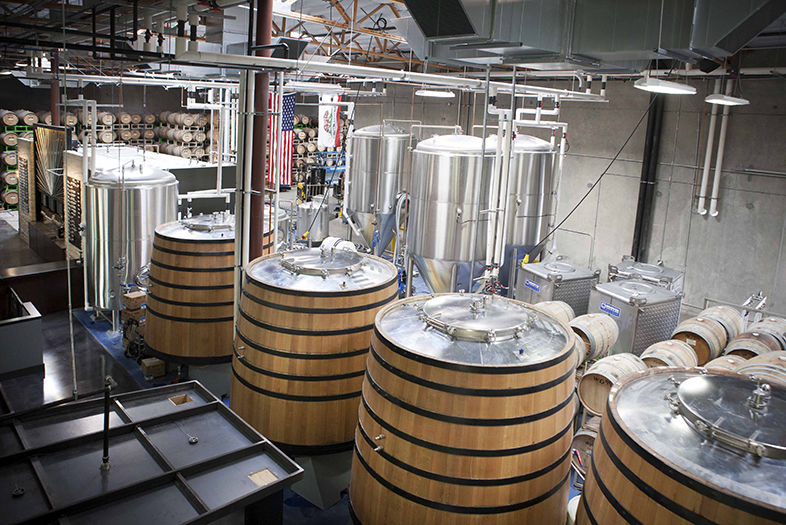A popular song by Allen & Sager once said, “Everything old is new again.” This has certainly come true in the world of craft beer, where centuries-old fermentation and barrel-aging techniques have come back into vogue, fueled by beer fans who thirst for hand-crafted innovation and are willing to pay a premium to taste it.
The use of barrels to flavor beer has been underway for some time in San Diego. Many brewers have repurposed bourbon, whiskey, wine, and tequila barrels in their programs, filling these alcohol-soaked vessels to impart boozy or fruity notes to the finished beer. But barrels are also used to create “wilder styles” soured by bacteria and “brett” beers (fermented with brettanomyces yeast, a relative of the yeast used for fermentation centuries ago in the Brussels region of Belgium). Recently, brewers—especially in the United States—have embraced the old Belgian tradition. Paradoxically, these bacteria or yeast are the same organisms that traditional brewers take great pains to eradicate in their mainstream production equipment. So why do certain brewers choose to go “wild”? Because these organisms create pleasingly sour, funky-but-food-friendly beers that are mysteriously complex and engaging. They belong to a universe of flavors that can’t be duplicated any other way.
Sours and brett beers constitute a sharp left turn from the most commonly known styles, such as pale ales, IPAs, stouts, and lagers. In fact, bretts and sours are prized for many of the characteristics that are most undesirable in more mainstream styles. With these beers, brewers hope to create unique combinations of tart, funky, earthy, mushroom, leathery, smoky, and (yes!) horse blanket aromas and flavors.
Using barrels is not only more time-and-cost intensive than making tank-fermented beers; it also involves many inherent risks. The most serious danger is that the main production equipment will become infected with the bacteria or yeast. These organisms—the lactobacillus bacteria used for souring and the brettanomyces yeast used to ferment—are sheer marvels of evolution; they can grow almost anywhere and, once they take over a barrel, a tank, or a hose line, they become a brewer’s worst nightmare. These microscopic critters can ruin every batch of beer they touch. Tomme Arthur, co-founder of The Lost Abbey (San Diego’s premier brett and sour beer producer) says, “Sour beer is the ultimate 180-degree turn from what we normally do. We spend exhaustive amounts of time and energy working to keep acid producers out of core and seasonal beers, yet we beg the right ones to join us on our sour beer journey each time we fill barrels.
“We needed more space to house the wild yeast and bacteria barrels”
Mike Hinkley, co-founder of Green Flash, decided to address the contamination challenges of sours and bretts by building a separate brewery in which to produce them. The result is Poway’s brand-new Cellar 3, which debuted in May. “We opened Cellar 3 because we simply needed more space to house the wild yeast and bacteria barrels,” Hinkley explains. “Now, we have a completely separate facility where we are able to produce and package our house yeast beers and are able to keep our front line brews safe from cross-contamination.”
Another risk with barrels is the unpredictability. Every barrel is different, and every batch may evolve differently. “There are tremendous opportunities for success and epic failures in terms of these organisms being in charge of the final flavors,” admits Tomme Arthur. “We dump at least 10 percent of our sour barrels per year for not being worthy of our needs. Does it suck to wait 18 months and dump them? You bet. But sour beer isn’t about volume. It’s about the taste.”
So, with all the risk and cost, why use barrels at all? Green Flash brewmaster Chuck Silva believes that no substitute for barrels. “Extended barrel aging not only adds flavors from the wood, it allows for oxygen uptake and evaporation resulting in a concentration of flavor. Some lactic acid bacteria that contribute to that mouth-puckering sourness are aerobic respiring organisms and simply would not survive in production beers where all the oxygen has been consumed during primary fermentation. This means that labor-intensive barrel-racking to fill and empty barrels is a necessary evil to produce complex sour ales.”
Most brewers say even though barrel beers fetch high prices-—in retail marketplaces upwards of $50 per bottle, and some go for hundreds of dollars online—the real reward is the depth and variety of flavor. Societe brewmaster Travis Smith explains, “Barrel-aging for us is about the controlled transition of flavors. The flavors that develop in the barrel are unique and intriguing. These beers are something different, something wonderful, but also tediously and meticulously labored over.” Co-founder Doug Constantiner goes on to explain that Societe’s barrel program, like most others, revolves around blending. “Some components are up to three-years-old, some only months, some very sour, some very funky, some with fruit, some without. These components are building blocks for blending the final products.”
Breweries with barrel programs are finding support from craft beer fans. The Lost Abbey, which began in 2006 with eight barrels and now enjoys worldwide acclaim, has grown its inventory to more than 1,300 barrels, including two huge oak Foeders, which are used exclusively for sours. Their barrel-aged releases, such as Cable Car Kriek, Veritas, Framboise de Amorosa, Red Poppy, and Duck Duck Gooze (released only once every three years), are extremely limited and sell out almost immediately.
Cellar 3 is poised to greatly expand Green Flash’s presence in the world of sours, bretts, and other barrel-aged brews. Barrelmaster Pat Korn already has four Foeders and approximately 1,000 barrels in use, which means Cellar 3 will likely become one of San Diego’s major producers in this specialty category. According to Hinkley, Cellar 3 will follow up their first release of Silva Stout with four other beers: Flanders Drive, Le Freak Barrique, Natura Morta Plum, and Natura Morta Cherry.
Some medium and small operations, such as Societe and Toolbox, have had barrel program plans from their start. “Public reaction to our barrel beers has been awesome,” says Toolbox brewer Peter Perrecone. “We can’t keep up with the demand!” Perrecone says he has 50 barrels currently in use, with plans to be at 500 within three years.
The special allure of barrel-aged beers means it won’t be long before many other breweries take a walk on the “wild side.”
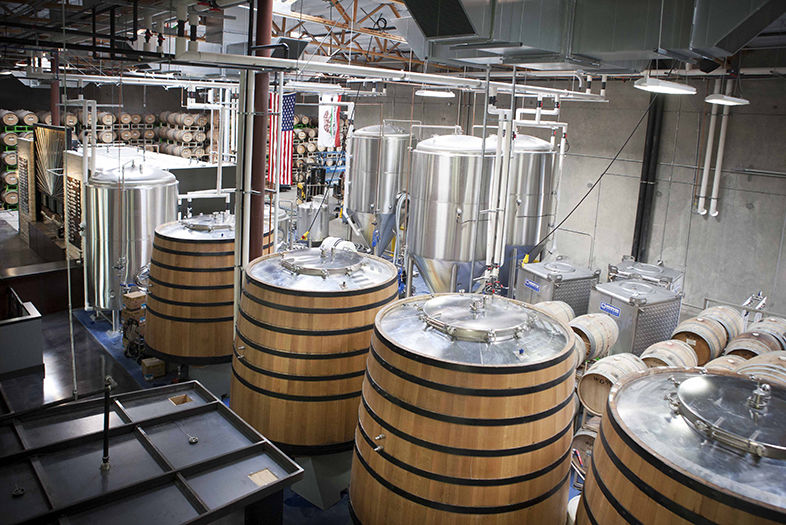
Brew News: Roll Out the Barrel
Cellar 3 Poway | Photo By Paul body
